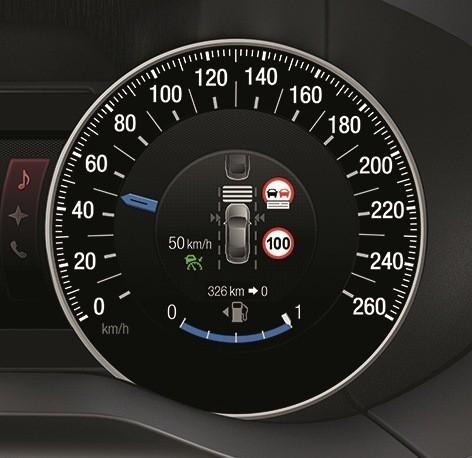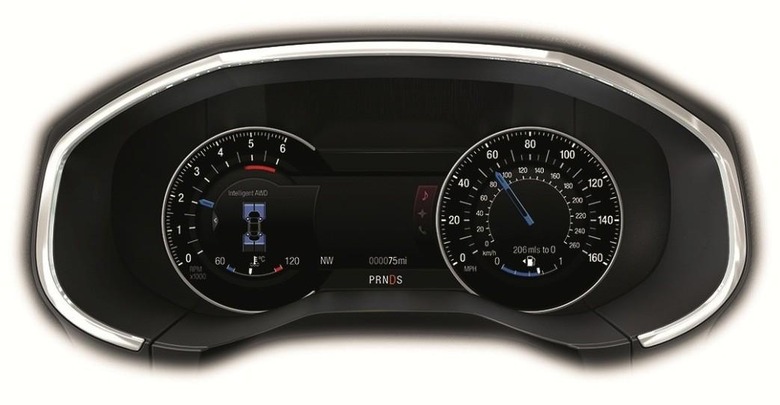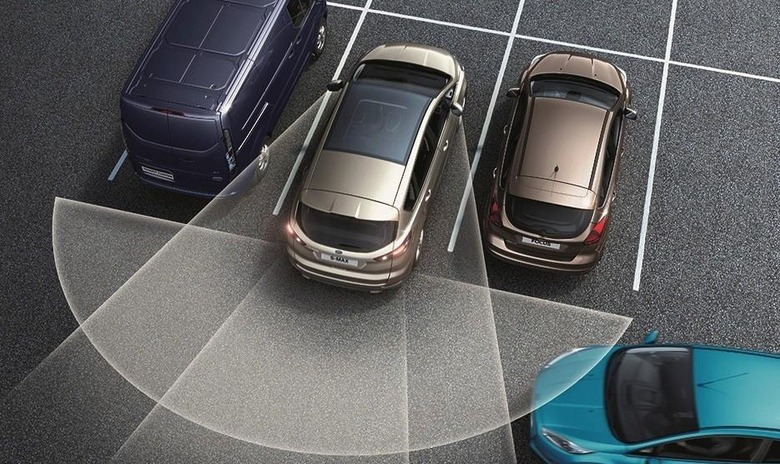Ford Apes Tesla With Speed-Spotting Car Cameras
Ford is adding speed limit sign recognition to its range, with the first implementation of the company's traffic sign scanning tech showing up – among other geeky add-ons – on the new S-MAX. Dubbed Intelligent Speed Limiter, like Autopilot on the Tesla Model S, the system uses cameras to keep an eye out for posted speed limits and then varies the amount of fuel reaching the engine to keep a legal pace. According to Ford, it could mean the difference between staying on the right side of the law and losing your license, particularly if driving abroad where the limits might be unexpectedly lower.
The camera tech operates at speeds between 20 mph and 120 mph, but can optionally be augmented if the S-MAX is fitted with Ford's navigation system. Then, speed limit information built into the mapping data is also used to improve accuracy.

While the speed-tracking could be a digital killjoy – or, more seriously, leave you dawdling as faster traffic whizzes around you – Ford has added in a little flexibility. The driver can set the speed at up to 5 mph faster than what's signposted, or indeed simply press their right foot down and manually control the accelerator.
Since the Intelligent Speed Limiter doesn't have access to the car's brakes, however, downhill gradients could see the speed creep above the legal limit. In that case, an alarm will sound and the driver will have to take manual control.

It's not the only tech included on the S-MAX, a seven-seater multi-purpose vehicle that should hit European forecourts this summer. The car also has a Glare-Free Highbeam system, which can dynamically adjust the spread of the LED headlamps according to oncoming traffic thanks to a windshield-mounted camera and shutters that can block segments of the beams.
Adaptive Steering, meanwhile, will adjust the amount of wheel-twiddling required depending on the current road conditions. Rather than just electrically lightening the wheel at city speeds, for instance, as with systems in other cars, the S-MAX will actually demand fewer turns of the wheel.
At the other extreme, highway driving will be made smoother by desensitizing the sensitivity.

Finally, there'll be various pedestrian-detection systems, the ability to see a 180-degree view from around the grille for aiding in low-speed parking maneuvers, and even the ability to slam on the brakes if a collision looks likely.
It's not true autonomy, as the Model S will offer later this year – and, indeed, as Ford itself is working on – but it's a sign that Ford is headed further in that direction and for a more mainstream audience that Tesla is likely to reach any time soon.
